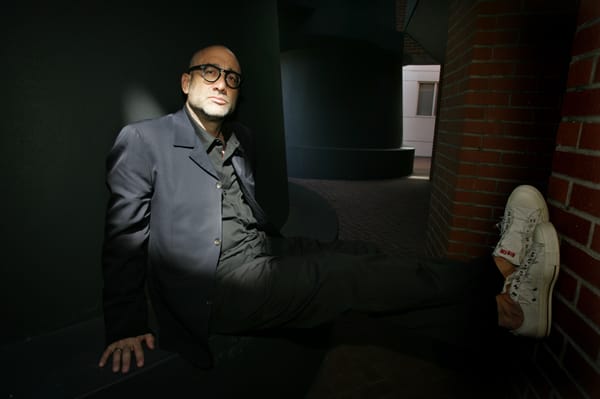The great Italian filmmaker Michelangelo Antonioni once said: “Hollywood is like being nowhere and talking to nobody about nothing.” Hollywood, as metaphor and place where images get made, serves as backdrop to many of Bruce Wagner’s novels, which reveal Hollywood’s nowhere, this nothing as a rich void, spinning terror and spiritual revelation like twin engines. In his novels (2012’s epic Dead Stars) and screenplays (Cronenberg’s 2014 film Maps to the Stars, among others), stars (celebrities) are also stars (celestial), fated markers and harbingers which reveal, rule, and snuff out our own lives.
“In the age of social media, stars aren’t what they used to be.”
But in the age of social media, stars aren’t what they used to be. They’re closer now. And everywhere. This blending of worlds brings a crisis of narrative, story, navigation. Easy to mistake those screen and camera lights, always on, for the hot transcendent light of spirit. But Wagner’s work shows how these divergent dazzles masquerade as each other and ultimately mix, finding accidental beauty in the daily glint, nourishment in what’s seemingly empty.
Often dealing simultaneously with the obscenely famous and the anonymous fringes, Wagner does for our own internet-laced age what Thomas Hardy once said novelists and poets should do: “show the sorriness underlying the grandest things and the grandeur underlying the sorriest things.” Apparent opposites (poverty/wealth, fame/anonymity, male/female, nothing/everything) ultimately hold each other. ROAR: American Master, the Oral Biography of Roger Orr, Wagner’s latest, is a novel that takes the form of a raucous oral history, finding unquantifiable shards of the sacred in our pornographic, tell-all, screen-fevered, identity-obsessed culture.
